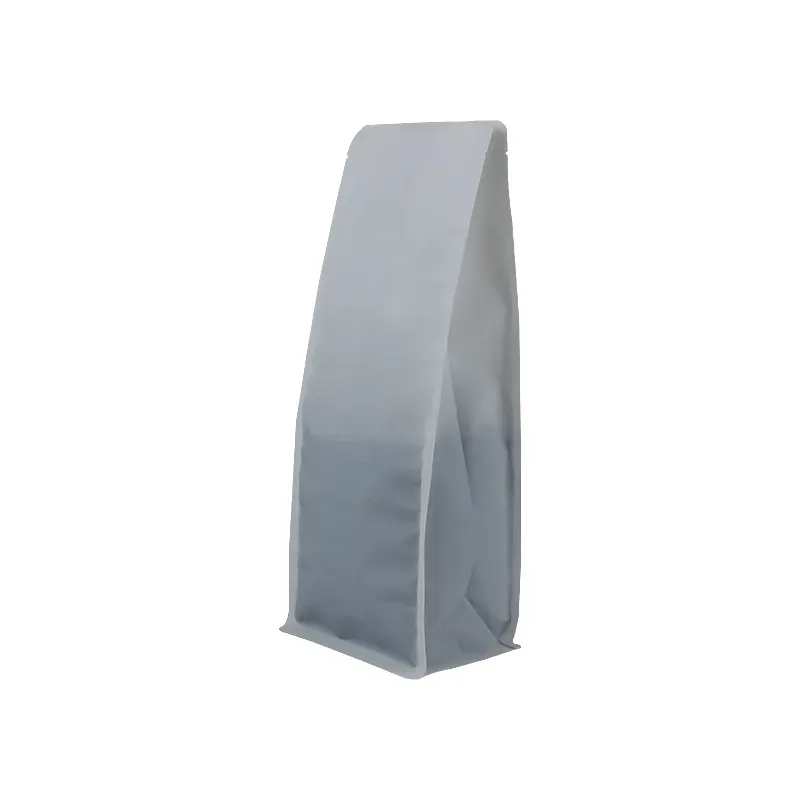- Afrikaans
- Albanian
- Amharic
- Arabic
- Armenian
- Azerbaijani
- Basque
- Belarusian
- Bengali
- Bosnian
- Bulgarian
- Catalan
- Cebuano
- chinese_simplified
- chinese_traditional
- Corsican
- Croatian
- Czech
- Danish
- Dutch
- English
- Esperanto
- Estonian
- Finnish
- French
- Frisian
- Galician
- Georgian
- German
- Greek
- Gujarati
- haitian_creole
- hausa
- hawaiian
- Hebrew
- Hindi
- Miao
- Hungarian
- Icelandic
- igbo
- Indonesian
- irish
- Italian
- Japanese
- Javanese
- Kannada
- kazakh
- Khmer
- Rwandese
- Korean
- Kurdish
- Kyrgyz
- Lao
- Latin
- Latvian
- Lithuanian
- Luxembourgish
- Macedonian
- Malgashi
- Malay
- Malayalam
- Maltese
- Maori
- Marathi
- Mongolian
- Myanmar
- Nepali
- Norwegian
- Norwegian
- Occitan
- Pashto
- Persian
- Polish
- Portuguese
- Punjabi
- Romanian
- Russian
- Samoan
- scottish-gaelic
- Serbian
- Sesotho
- Shona
- Sindhi
- Sinhala
- Slovak
- Slovenian
- Somali
- Spanish
- Sundanese
- Swahili
- Swedish
- Tagalog
- Tajik
- Tamil
- Tatar
- Telugu
- Thai
- Turkish
- Turkmen
- Ukrainian
- Urdu
- Uighur
- Uzbek
- Vietnamese
- Welsh
- Bantu
- Yiddish
- Yoruba
- Zulu
poly packaging
The Evolution of Poly Packaging A Modern Solution for a Sustainable Future
In an age where environmental awareness is at the forefront of global consciousness, packaging solutions have evolved significantly. One of the critical advancements in this field is the development of poly packaging. From polymers to recycling techniques, poly packaging has come to play a pivotal role in various industries, offering both functionality and sustainability.
What is Poly Packaging?
Poly packaging refers to any type of packaging made from polymer materials, most commonly plastics such as polyethylene (PE) and polypropylene (PP). These materials are integral to modern packaging solutions due to their durability, lightweight nature, and versatility. Poly packaging is used in various applications, ranging from food storage to industrial products, making it an essential component of the supply chain.
The Advantages of Poly Packaging
One of the primary benefits of poly packaging is its adaptability. Unlike traditional packaging materials such as glass or metal, polymers can be molded into various shapes and sizes to meet specific customer needs. This flexibility allows manufacturers to create tailor-made packaging solutions that enhance product protection and shelf-life, which is particularly vital in the food and beverage industry.
Moreover, poly packaging can significantly reduce logistics costs due to its lightweight nature. This reduction not only lowers transportation expenses but also minimizes the carbon footprint associated with the distribution of goods. The use of poly packaging contributes to a circular economy, where materials are kept in use for as long as possible, ultimately reducing waste.
The Environmental Perspective
poly packaging

Despite the advantages, poly packaging often faces scrutiny due to its environmental impact. Concerns about plastic pollution and the overuse of single-use plastics have led to calls for more sustainable packaging solutions. In response to these criticisms, the poly packaging industry has been actively working towards sustainability by innovating eco-friendly materials and practices.
Recyclability is one of the primary focuses in the development of poly packaging. Many manufacturers are now producing recyclable polyethylene and polypropylene materials that can be reprocessed after use. The industry is also advocating for better recycling infrastructure, promoting initiatives that encourage consumers to recycle poly packaging after its life cycle. Educational campaigns about proper recycling methods are paramount to this initiative, helping to ensure that poly packaging materials are diverted from landfills.
Furthermore, bioplastics are emerging as a viable alternative to traditional synthetic polymers. These materials, derived from renewable resources such as cornstarch and sugarcane, offer the potential for reduced environmental impact. While still in the early stages of development, bioplastics exhibit similar properties to conventional plastics, ensuring that they can meet the demands of various industries while presenting a more sustainable options for consumers.
Industry Innovations
The poly packaging sector is continually evolving, leveraging technology to enhance its sustainability credentials. Advances in polymer chemistry are leading to the creation of more efficient production methods that consume fewer resources and generate less waste. Innovations such as smart packaging—integrated with sensors to monitor freshness—are also being developed, providing added value to consumers while minimizing spoilage.
Furthermore, companies are increasingly prioritizing sustainable sourcing of raw materials. By partnering with suppliers who adhere to responsible practices, businesses can ensure that their poly packaging is produced in a manner that aligns with environmental stewardship.
Conclusion
The evolution of poly packaging demonstrates a commitment to both innovation and sustainability. While challenges remain in the face of environmental concerns, the industry is making significant strides towards creating more responsible packaging solutions. As consumers become more aware of their choices, the demand for sustainable poly packaging will likely continue to grow. This shift not only benefits the environment but also fosters a new era of packaging designed with both functionality and ecological responsibility in mind. The future of poly packaging looks promising, paving the way for a more sustainable and efficient global marketplace.













